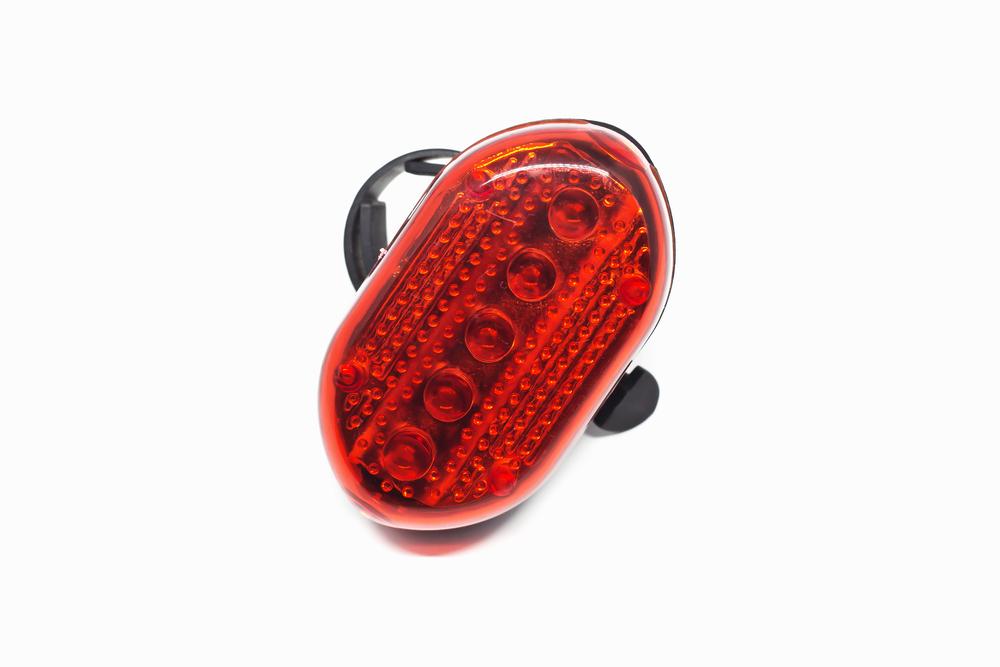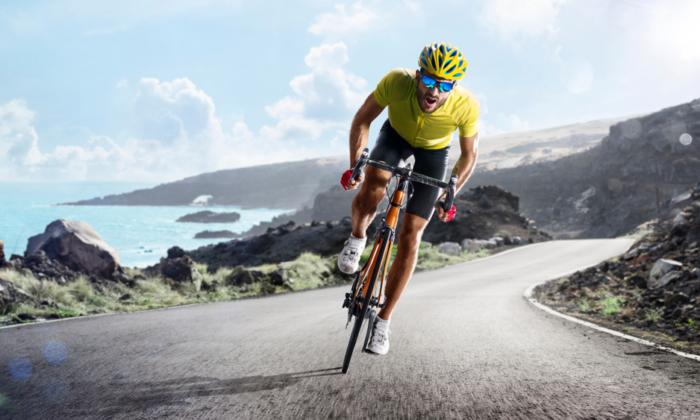Your bike, whether a brand-new mountain bike or a road bike you’ve had and enjoyed for 20 years, probably works fine as-is. But with a few tweaks, you can get more enjoyment and use from it.
A bicycle is a pretty basic piece of machinery, assuming you ride a pedal-powered model versus an e-bike. It has two or maybe three wheels, a seat, handlebars, and two pedals. What parts should be considered for an upgrade?
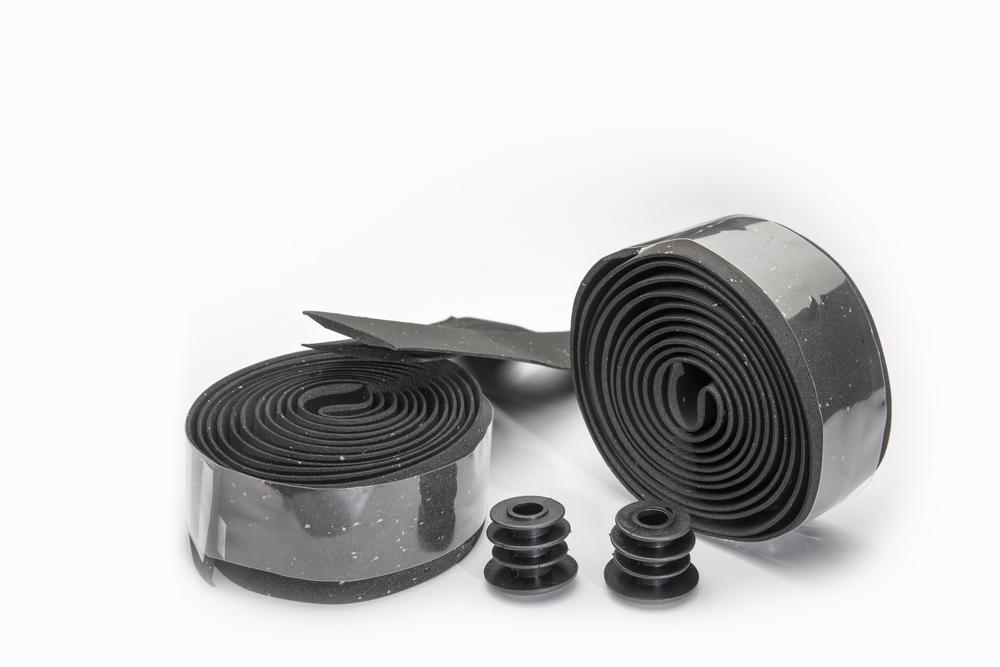
Handling It Well
The goal is overall improvement, and while tires and other parts will be addressed, it all starts with the handlebars. Used the entire time the bike is used, a firm grip here provides safe control. For maximum safety, the entire handlebar surface area on most bikes with drop-style handlebars should be wrapped to allow the rider to place their hands in a variety of locations while underway.Look for tape that not only ensures a secure grip, but also absorbs vibrations. If the existing tape is loose or missing in places, it should definitely be replaced prior to the next ride.
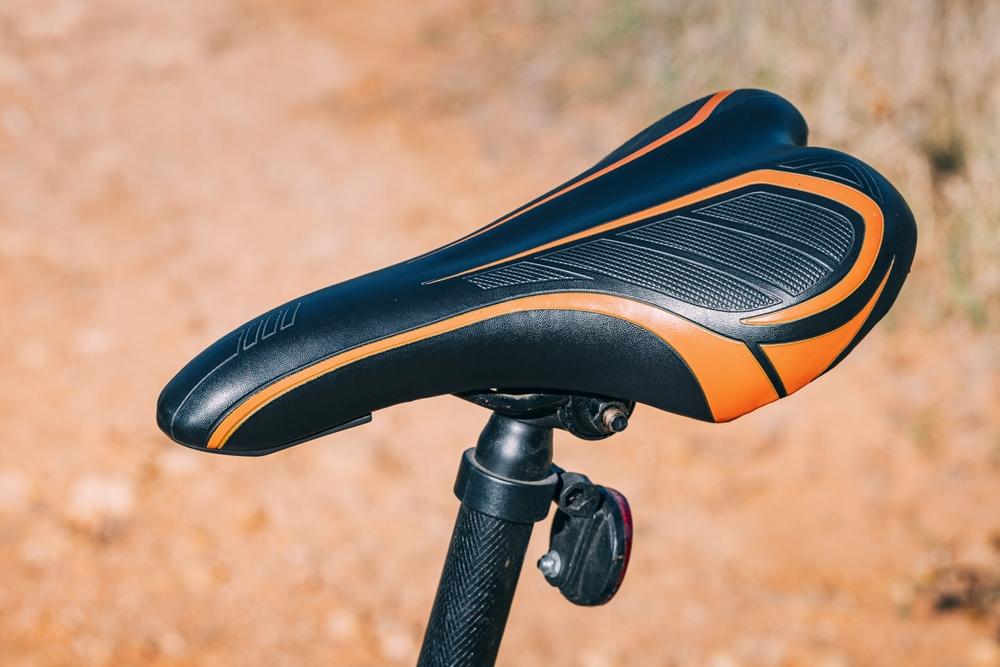
Ride in Style
Another area of the bike with which the rider has virtually constant contact yet is most often overlooked is the seat. The seats that come on most bikes from the factory might look good but are rarely comfortable, making a wider seat, AKA the saddle, worth considering, particularly on bikes that are frequently ridden long distances.Some seats designed for maximum comfort feature a layer of jolt-absorbing gel combined with a central, pressure-eliminating channel. A design that is wide at the rear and narrows going forward allows efficient pedaling. A comfortable seat allows the rider to focus on the road or path and not be distracted by soreness experienced while riding over gravel or other uneven surfaces.
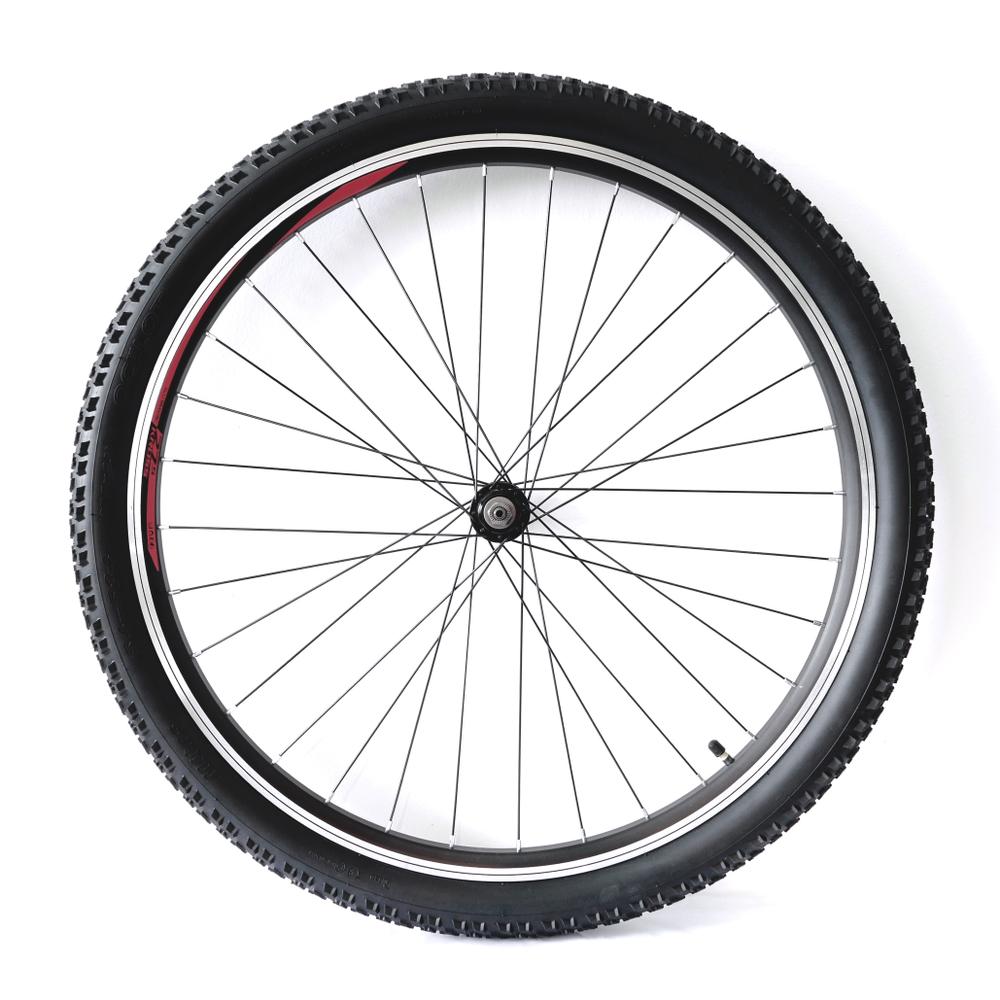
Tires Ready to Travel
Tires are next on the list for possible upgrades. If they are worn, there’s no question it’s time to replace them, but even if they still look OK, consider swapping them out for a set that might be more appropriate for how and where the bike is ridden. As the point of contact with the road, bikes rely on tires to provide traction and absorb vibration.Mountain bikes ridden off-road on gravel, dirt, mud, or other challenging surfaces need tires that ensure a good grip at all times. Road bike tires need to be up to the challenge of wet streets, patches of sand, and potholes. Recreational bike tires can be found in both tubular and tubeless styles.
The goal is to choose tires that are appropriate for the surface on which the bike is ridden; as an example, many mountain bikes are never ridden off the street, making it a good idea to replace the standard off-road tires with a set better suited to grip pavement, especially when it is wet. On the other hand, mountain bikes that see a lot of off-road use will be safer and more efficient at converting each rotation of the pedals into forward motion if they are equipped with aggressive, dirt-grabbing knobby tires.
Also add a tire valve tool to the kit; these are used to make sure the tire valve is properly seated and thus not causing a leak that could lead to dangerously underinflated or flat tires. All three of these tools can be used on vehicle tires, too.
